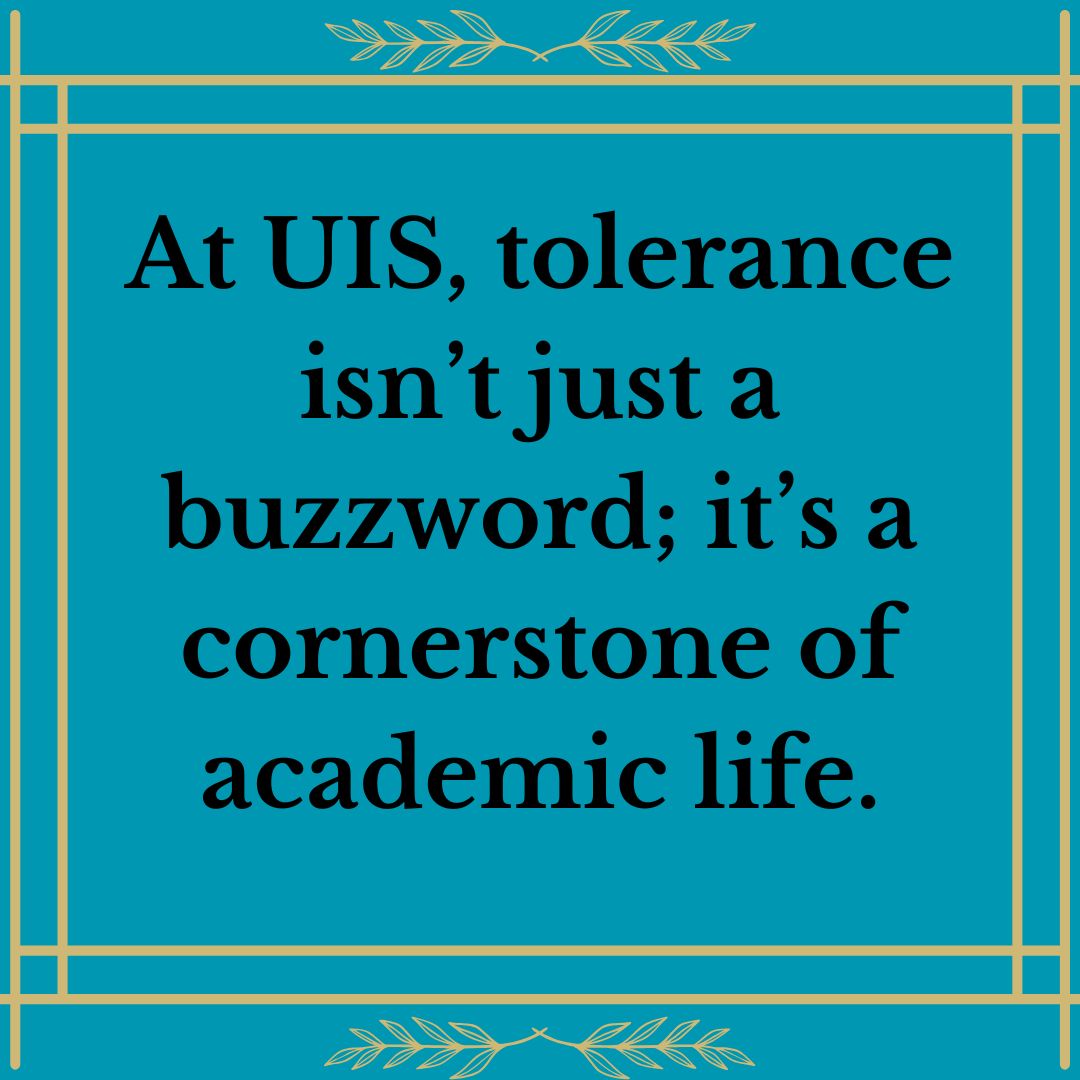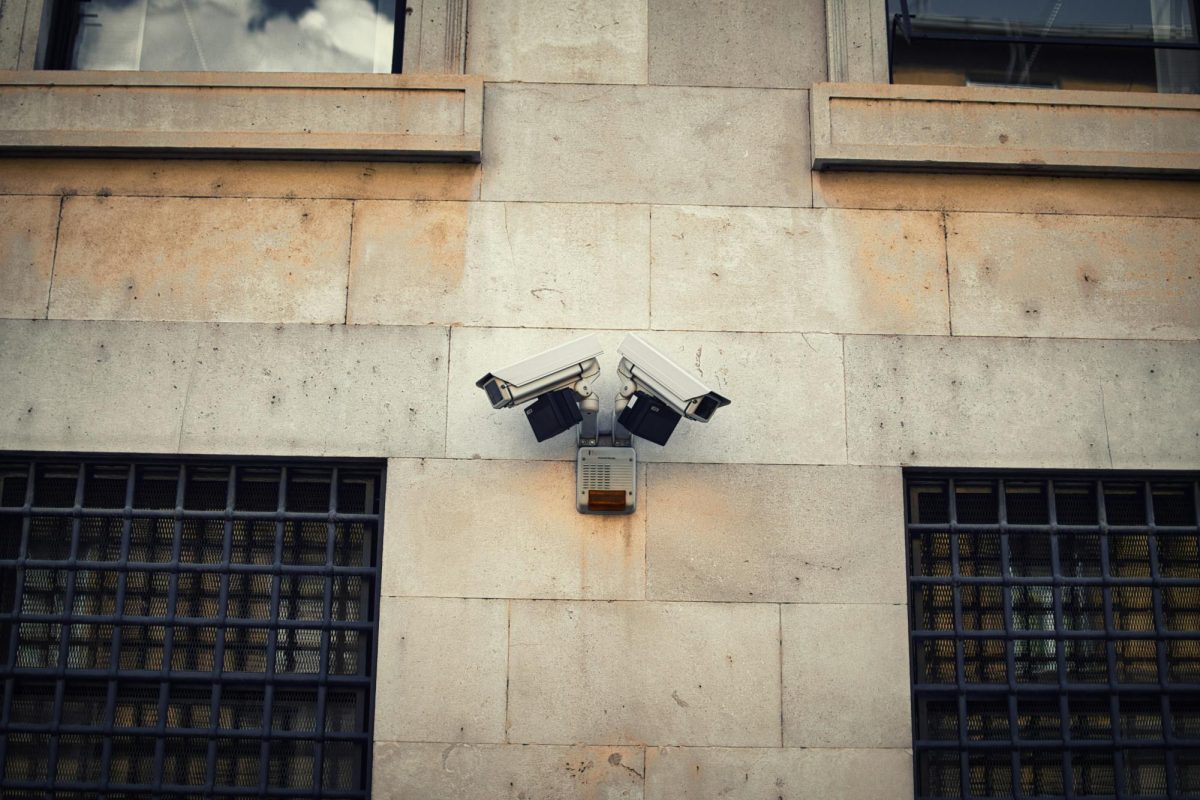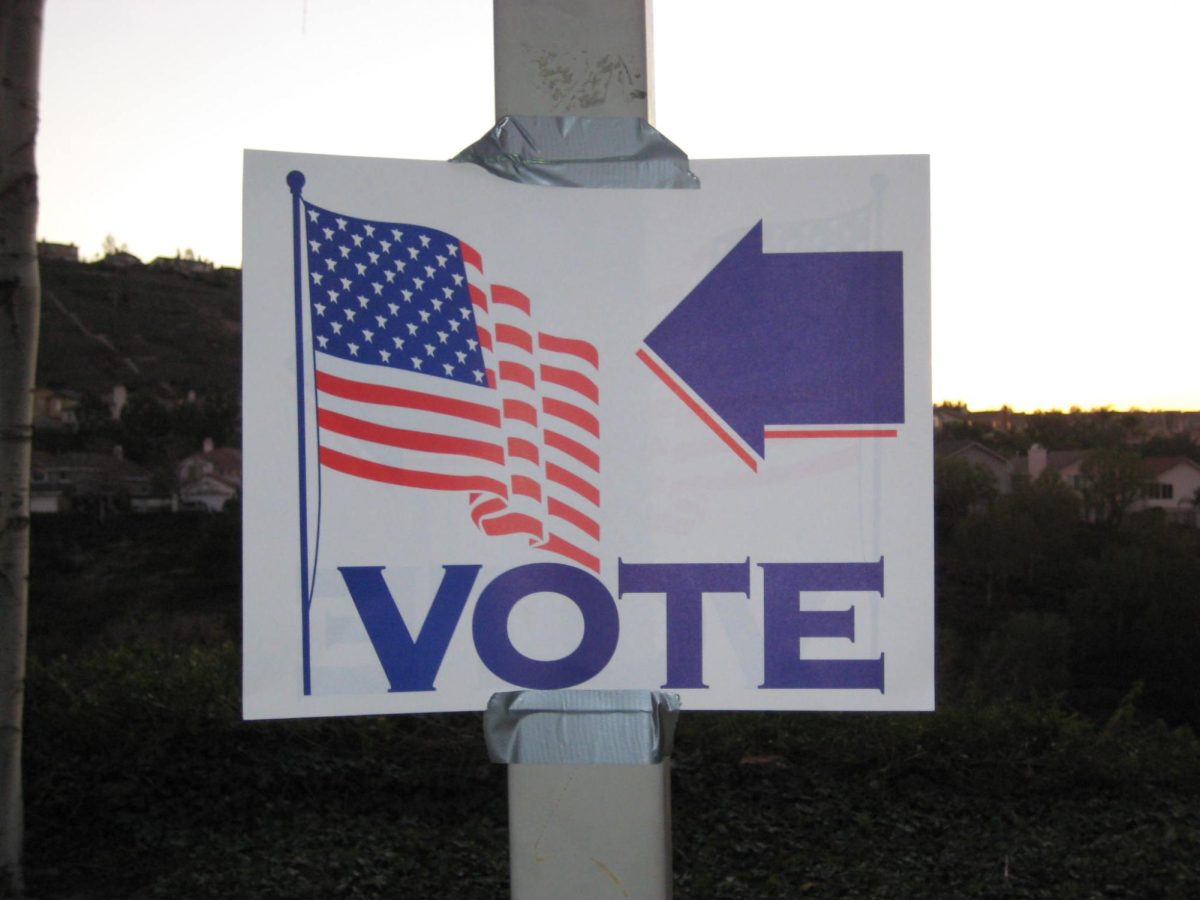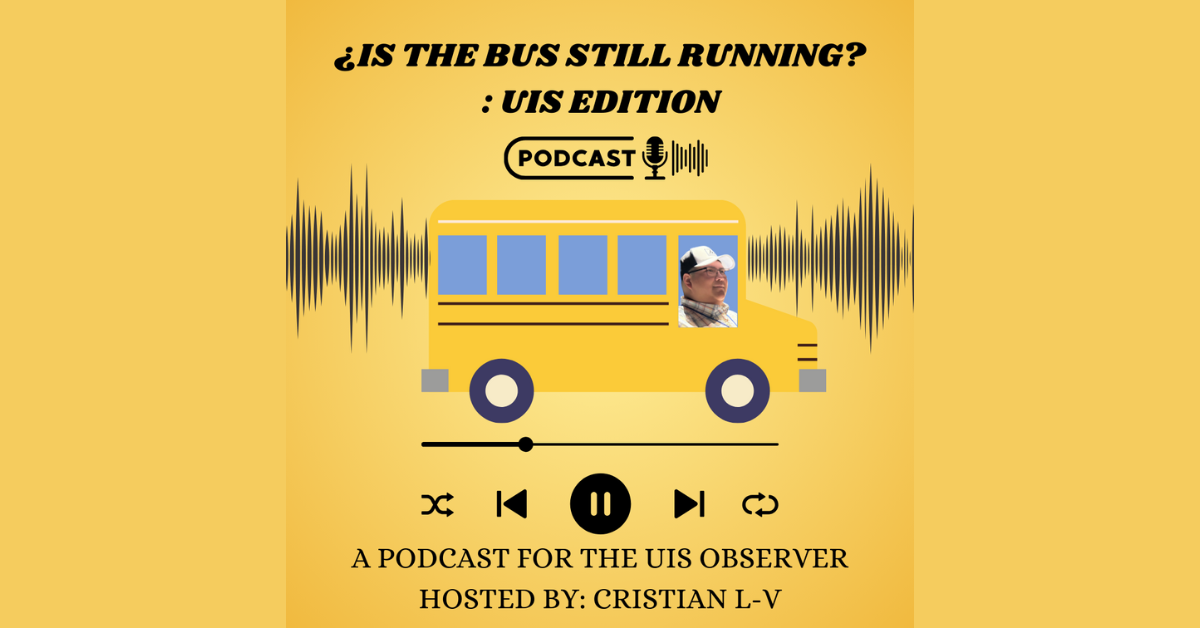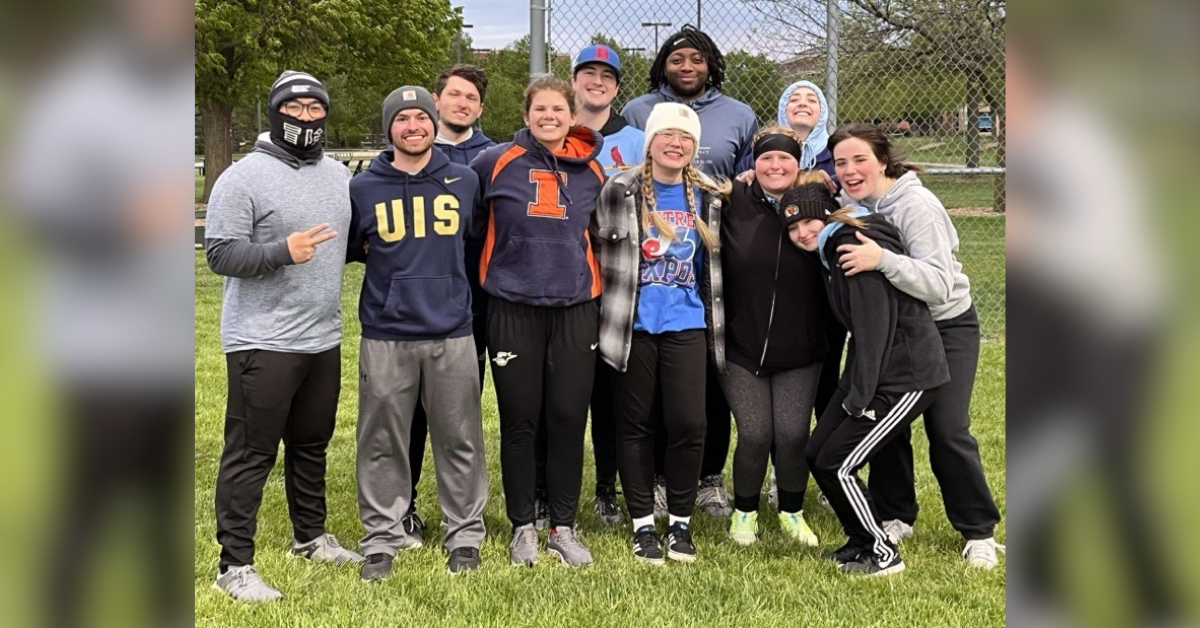Coming from the Metro East area, I thought I had some perspective on urban crime. My hometown, Belleville, is a half-hour away from East St. Louis, the infamous neighborhood that once made St. Louis the most violent city in America.
My high school, Belleville East, is one of the biggest and most successful in the state, but still struggles with diversity, bullying and violence. Our sister school, Belleville West, made national headlines after an urban black student assaulted a white suburbanite on the bus, an act said to be racially motivated.
By contrast, Springfield and its schools seemed safe, boring, and homogeneous. I imagined middle-class white suburbanites who didn’t know or care about St. Louis and Chicago. I imagined small, quiet classrooms, where students worried more about midterms than where they’d be sleeping that night.
But by working with Joni Paige, a veteran English teacher at Southeast High, I lost my condescension. The same poverty and violence I’d witnessed in East St. Louis can be found just 10 minutes from UIS.
Over the past month, I’ve been confused, frustrated and encouraged by what I’ve seen. Many of Paige’s students deal with urban crime and gang activity on a daily basis. These issues are present at the school and in the Springfield community at large, making many teens’ lives hard, unstable and, sometimes, short.
Southeast students have been both victims and perpetrators. Paige believes that, “It’s much more complicated than people assume. Most of these kids didn’t choose to join a gang. It gave them power, protection, and a reputation.”
Some families and neighborhoods have had gang ties for decades, making their influence unavoidable. Paige has lost students to violence before, and is especially sensitive to the warning signs of gang activity.
“It usually starts out small and harmless; students might be tracing a logo on their notebook, or wearing certain colors. Some kids imitate gang members for status; I talk to them before I overreact, ask if they have any problems and if I can help,” Paige said.
For Paige, it’s important that each of her students feels welcome and cared for. Many of them do not have supportive parents. They might live with grandparents, siblings or other teens instead; others must support themselves and (in some cases) their own children.
Paige is sympathetic to these problems and tries to accommodate students as much as possible. She avoids assignments that require a computer, and often lends students books, magazines and other reading materials. Nonetheless, she refuses to lower her standards or accept inferior work
“The best way to boost a student’s self-esteem is to challenge them. Remind them that they have their own unique skills and ideas, which shouldn’t be wasted,” Paige said.
When students succeed in spite of serious personal and financial problems, they should be given respect and recognition. Paige insists, “The students at the top of the class typically do half as much work, and they usually have the support of family and friends. I’m more interested in the other students, who’ve been given every reason not to come to class, but do it anyways.”
My experiences at Southeast High have forced me to rethink my attitude toward Springfield. For the students in our poorest districts and neighborhoods, it’s far from being a small, simple town.
Springfield deals with the same complex issues of poverty, violence, and racial prejudice as a city twice its size. False assumptions, like those that I held, are partly to blame for ignorance and avoidance of these issues.
“Anyone who’s interested in education should try working in a high school [like Southeast] first,” Paige said. “It’s where good teachers are needed the most, and the neediest schools are often closer than you think.” Paige has made me grateful for the opportunities I’ve been given as a student, and more excited than ever about my future in education.

